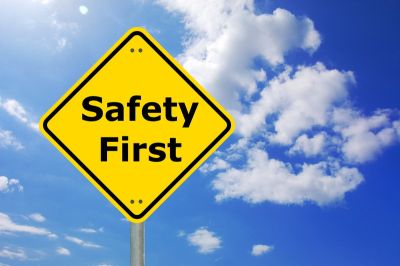
If you want to be passionate about safety, first be passionate about people. Successful workplace safety culture lies in the relationship between the frontline employee, the employee’s immediate supervisor, and the bond among the entire crew. No senior level initiatives, safety department compliance measures, or culture improvement ideas can have positive results if the frontline supervisor hasn’t established real working relationships. The supervisor needs to be a tipping point between safety compliance and safety success.







